The Fantastic Four, The Thing, and Lou Reed
By Dan Brown
It’s official: Pedro Pascal will play Reed Richards, also known as Mister Fantastic, in the upcoming Fantastic Four adaptation, expected in 2025.
But this column isn’t about Pascal. It’s about another Thing entirely.
As Hollywood history shows, the Fantastic Four property is easy to screw up, hard to get right.
Considering recent signs Marvel’s superhero offerings are wearing out their welcome on both the big and small screens, the studio is taking a big risk.
Also announced last week was Ebon Moss-Bachrach, a performer not known to me, will play Ben Grimm.
I don’t have any brilliant suggestions for Marvel Studios beyond the obvious: The FF are a family, not just another team of superheroes. That’s what makes them different from the Avengers.
I do, however, have a dream sequence in mind. All I humbly ask from Marvel’s big brains is they include what I describe below. No biggie.
By dream sequence I don’t mean an actual dream, I mean it’s been playing in my mind for years in anticipation of another FF movie. I don’t much care about the rest of it, so long as I get a scene of the ever-loving and always-clobbering Thing walking down a crummy and litter-strewn Yancy Street in New York.
That may not sound like gripping cinema, so let me explain.
The first thing you need to know is how, according to online rumours, the FF movie is going to be a period piece set in the 1960s, which makes sense since the first FF comic ushered in the Marvel Age when it came out in 1961.
Another rumour has it the film’s story unfolds in dual storylines, past and present.
Given that, and given the FF making the Big Apple their home, this is what I would like to see.
It’s later in the film. Ben Grimm has come to a level of acceptance of his fate: He will never be human again, he is destined to be a monstrous pile of orange rocks after the team’s disastrous experimental flight into space.
He leaves the Baxter Building. He is wearing a trench coat and pulls his hat down as low as it will go – he’s still self-conscious about his appearance.
He shuffles his bulk along the sidewalk. Maybe he lights a stogie. Then the strains of Lou Reed’s Walk on the Wild Side start to play. The song, Reed’s ode to sexual freakery, came out in 1972, so it just fits in the timeline of the film and is the soundtrack to this scene.
As Grimm lumbers in his childhood neighbourhood, we see people outside shops, pedestrians walking the other way, families sitting on stoops. Close up on the crowd. We see faces of different races and ethnicities. We see a spikey-haired punk rocker with a safety pin in her nose. We see a drag queen strutting proudly. Weirdo after weirdo.
Then a call back to Frankenstein: A ball crosses Grimm’s path. He picks it up and tosses it back to an Asian child playing with his Black friend. The kid smiles. Grimm smiles back.
Viewers get the point: This is where Grimm belongs. He isn’t as singular as he has come to think. He is just one more freak in a metropolis populated by freaks.
In fact, New York is the only place he could belong: Grimm thinks he’s ugly and deformed, but in the hyper-diverse Lower East Side of Manhattan, it doesn’t matter.
Such a scene would mark an important transition for the Thing, who is probably my favourite superhero.
Do I think director Matt Shakman will actually borrow my brilliant idea?
Naw, but a fan can dream.
And judging by the many failed attempts to translate the Fantastic Four story into motion-picture form, he’s going to need a lot of help.
Dan Brown has covered pop culture for more than 31 years as a journalist and also moderates L.A. Mood’s monthly graphic-novel group.


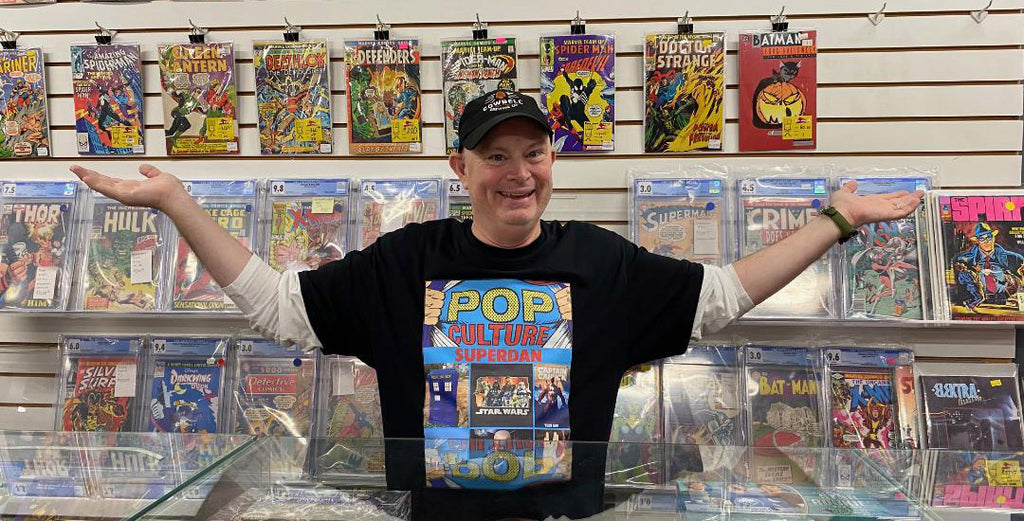
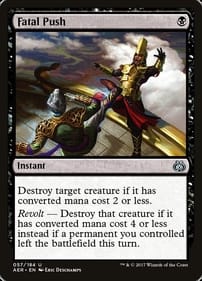
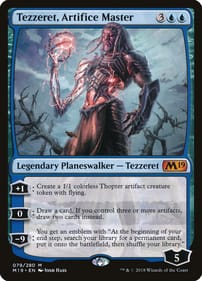
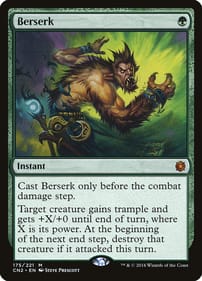
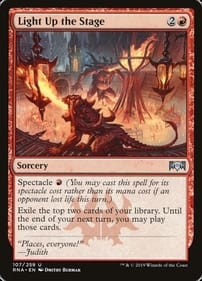
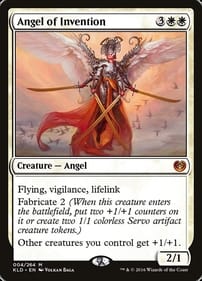
Leave a comment